How to save on feed and bedding costs:
Build a feeder designed for cows!
Below are instructions and/or photos for the following styles of hay feeder, in order:
- Indoor Hay Feeder – Version 1
- Indoor Hay Feeder – Version 2
- Outdoor Hay Feeder
- Calf Hay Feeder
- Mineral Feeder
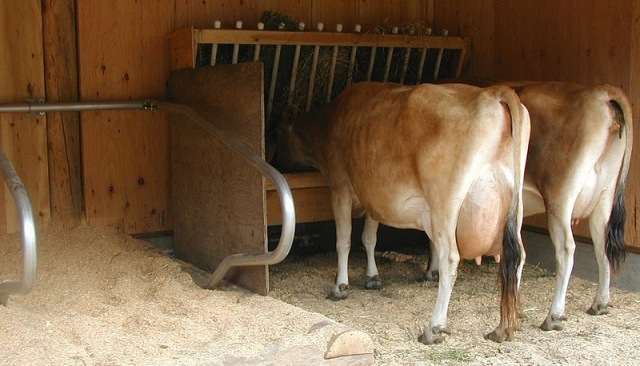
#1 – INDOOR HAY FEEDER :
My dad made the first feeder (pictured above).
- This feeder is made of wood and PVC. We wanted something that the cows could stand at and enjoy a variety of feeds without losing much on the ground (see how clean the ground is?!) We couldn’t find a store-bought style that worked, because they are all designed for horses or for round bales. My dad came up with the idea for the PVC, thinking it would “flex” a little and be easy for the cows to eat through and never get hurt.
- The bottom of the PVC pipes are snugged into a board that has been drilled with holes the size of the PVC. On top, the PVC can be attached by a clamp or by a screw being drilled through the back. Be sure to cap the pipes so they don’t scratch you when you’re putting hay in!
- The trough area is about 6 inches deep for the alfalfa flakes to fall into. You could also put your salt block or loose minerals in this area.
- Scrap wood can make this project very inexpensive.
- In retrospect, the only change would be to make the top wider to allow for more hay capacity.
NOTE: This feeder can be moved, so the back is another sheet of plywood, NOT the wall. It does require support from a wall or fence on the back.
 #2 – INDOOR HAY FEEDER :
#2 – INDOOR HAY FEEDER :
My husband made the second feeder (pictured below) out of solid rough cut lumber.
Dimensions are similar to the first feeder.
Modifications:
- Used rough cut lumber for slats (over time, the edges get worn really smooth from the rough cow tongues licking on them as the cows eat hay out of the feeder)
- Overall length extended, fits 4-5 Jersey cows
- Bolted into place
- Back side has a platform about 2 feet off the ground to step up into to feed hay from the outside

#3 – OUTDOOR HAY FEEDER :
There is a feeder that my husband designed for outside use that keeps the cows eating outside when they can (which keeps the freestall barn drier and cleaner).
He likes to feed the cows outside during the day, which gives him time to clean out the freestall barn and indoor feed area. Plus, the cows enjoy being outdoors during the day, with the option to come inside in bad weather.
Works well for pasture feeding, too (keeps hay off ground and avoids weed seed getting onto ground).
#4 – CALF (or 1 cow) HAY FEEDER :
#5 – MINERAL FEEDER :
(Is really a converted grain feeder from a parlor!)
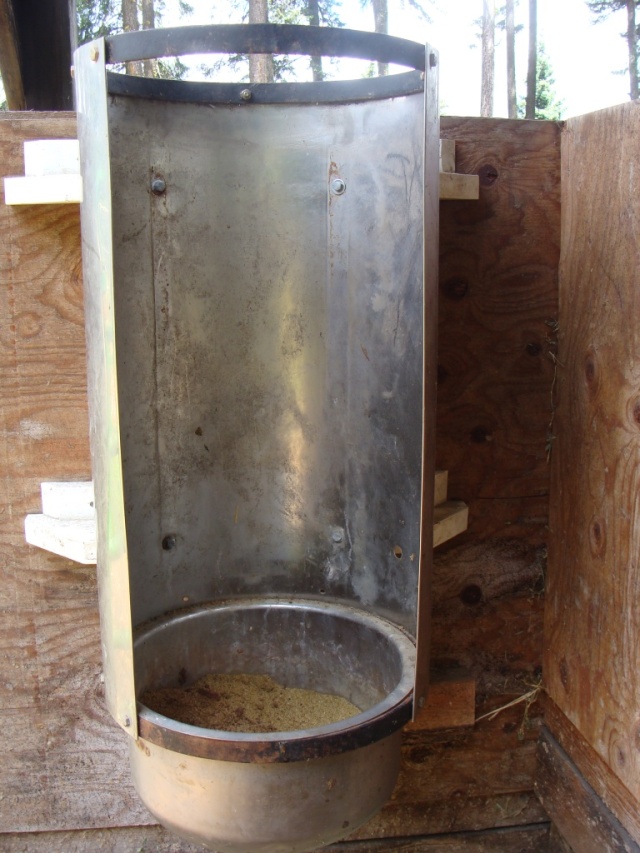
OTHER NOTES:
About the BARN in the first photo: My dad built this barn from logs on our property and local plywood. We then stained the barn on the outside for weatherproofing and Dad put a metal roof on top. It is approximately 12 feet deep and 24 feet long. It is nearly indestructible. 🙂 (Now that we have our own farm, this has become fancy beef cow housing.)
About the STALLS: My husband spaces freestalls for Jerseys at 42 inches wide (from center of bar to center of bar) and the end rail (another log from the farm) at 6.5 feet from the wall to the inside of the curb. The freestalls are a “lunge” style and cows do not get stuck in them. The bar across the top is to prevent them from going to the bathroom in their stall by making them step back when they stand up. It is out about 12-16 inches depending on herd. You can do all sorts of bedding, but a sandy or dirt base with shavings on top is what we chose for the summertime, and was something cheaply available to us. You can add straw in the winter for warmth in cold climates. Click here for detailed information on building freestalls:DIY FREESTALL DESIGN
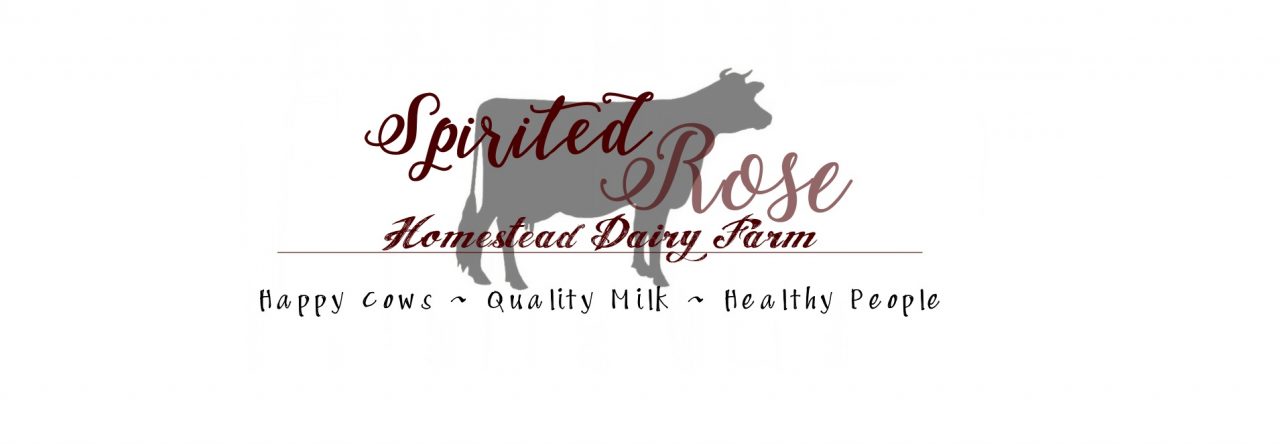
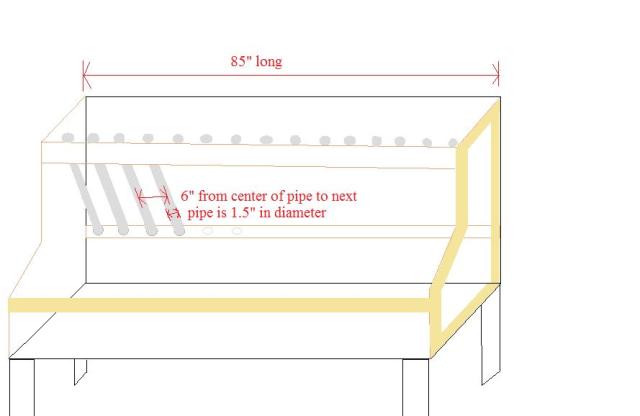
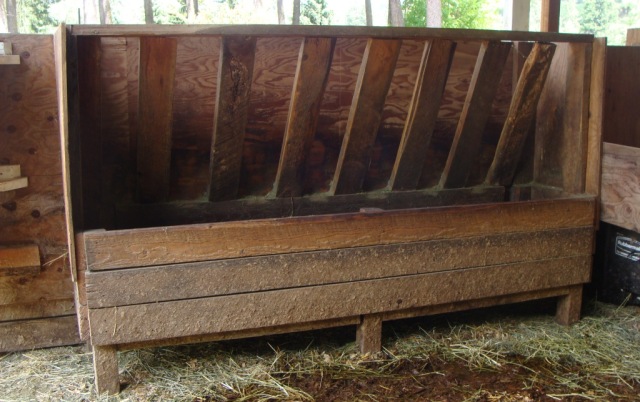




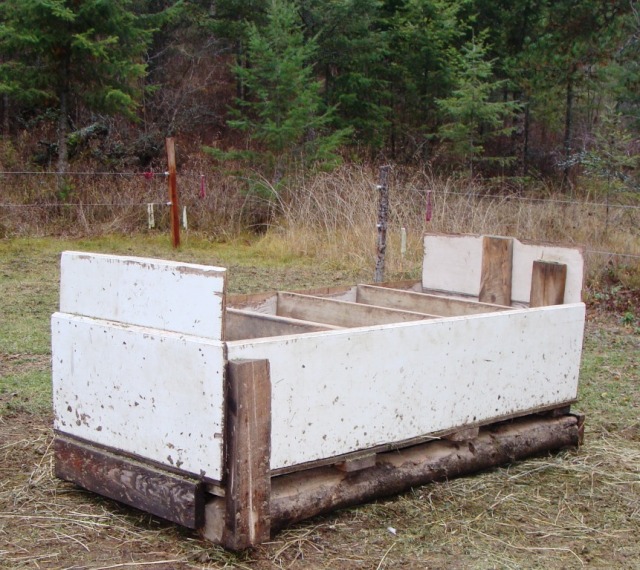

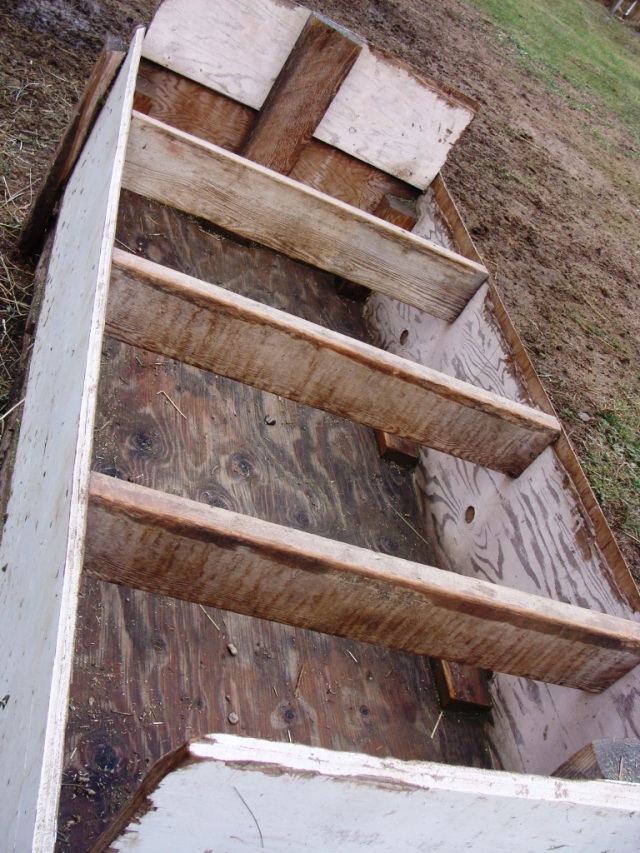


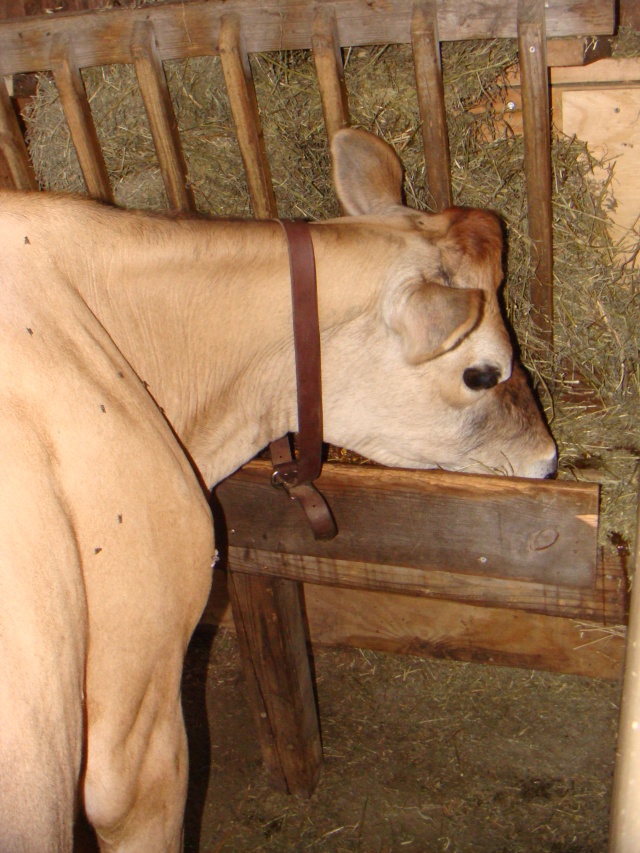

I love your web page. Great information!!
We have one sweet Jersey cow and one rambunctious Nubian goat that…, well is a goat! These two are pals and are in the same area together. I am desperately needing a manger that will accommodate both of their eating stiles. I need to keep the goat out of the feeding troth area as much as possible to avoid wast of hay and to keep it as clean as possible. Do you think the goat could get all four feet into the troth at once and stand in it? Your help on this is most appreciated.
LikeLike
Knowing goats, yes, she could probably jump in the feed trough area. Perhaps you could put slats throughout the trough area so the feed can fall through and there’s room for the cow to eat it, but not much room for a goat to comfortably stand. Could also make the trough narrow and shallow, just deep enough to hold some fallen hay and chaff. I’m wondering if you make a small cow feeder (like the individual cow feeder pictured on the “hay rack” page) and hang it as high as is comfortable for the cow. Then next to it, build a mini-version of the same hay feeder, hung at a level for the goat. Another option for the cow feeder would be to put the slats straight up and down, stanchion style, on a diagonal, so the cow can put her head through to eat. Might prevent the goat from jumping in, unless the goat was small enough to fit through the slats… Good luck! I have sheep, so I understand the frustrations of feeding small ruminants. 😀
LikeLike
Would you be able to email me a detailed plan on how to do the calf or single cow feeder? I am trying to make a plan on my own, but I am struggling. Thank you.
LikeLike
Wouldn’t you want to keep the cows away from PVC and painted, glued, and/or treated wood?
LikeLike
As you can see, the PVC model was the first one built (technically, PVC is relatively stable after the first few weeks of use, although I agree with you that it’s best to avoid). My dad was worried about using wood, thinking the wood might cause splinters. But, we’ve found that their rough tongues do fine with wood (as you can see, the other designs are all wood). My dad built a new larger version (will post pictures one of these days) and he used metal water pipe instead of PVC.
None of the wood we use contains bad glue or treatment. Our plywood is produced locally, and their “glue” is a mixture of flour and blood, there is not formaldehyde in their formula. As for paint, we used scrap wood and I agree it’s not ideal, but has done fine being on the outside of the feeder only – the inside is plain wood.
LikeLike
Absolutely great ideas ! I was searching for the best indoor feeder for my horses…and I ve just found it 🙂 Thank you so much ❤
LikeLike
great idea, thanks . Im going to build one. John. Sultan , wa.
LikeLike
thats wonderful how you want to be a blessing to others….as it SHOULD BE !….Amein !
Thanks again so much, blessings to you and your family.
Renee
Ava , MO
LikeLike
please email me these measurements…i love it…and my husband would need to see this….
thanks
LikeLike
Feel free to copy/paste/print any of the photos for your use. We like our information to be public and available to anyone, with the hopes it can help others as it has helped us. Thanks!
LikeLike
I LOVE IT !!!!!….PLease keep this posted so my husband can write down the measurements…Thanks !
LikeLike